Last week, I attended a unique event, something I’ve never seen before. Lexus had invited North American media to see the next-generation ES sedan, synchronized at the very same time it would debut at the Beijing Motor Show.
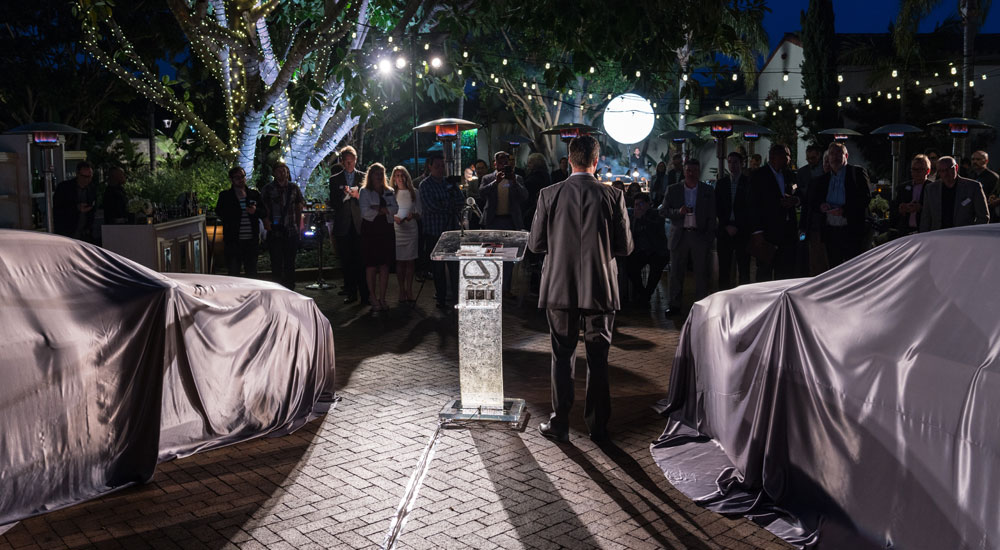
This kind of production brings a sense of importance to the ES launch, and for good reason. Two major markets, Western Europe and Japan, will offer the ES for the very first time, making it a truly global Lexus model. This new level of responsibility, coupled with the task of following up the recent LC coupe and LS sedan, sets up a challenging situation all round.
And even as the cover is pulled aside and I see the ES in real life, I’m preoccupied. There’s an elephant in the room, one that has been dominating conversations among the Lexus faithful — what does this mean for the GS?
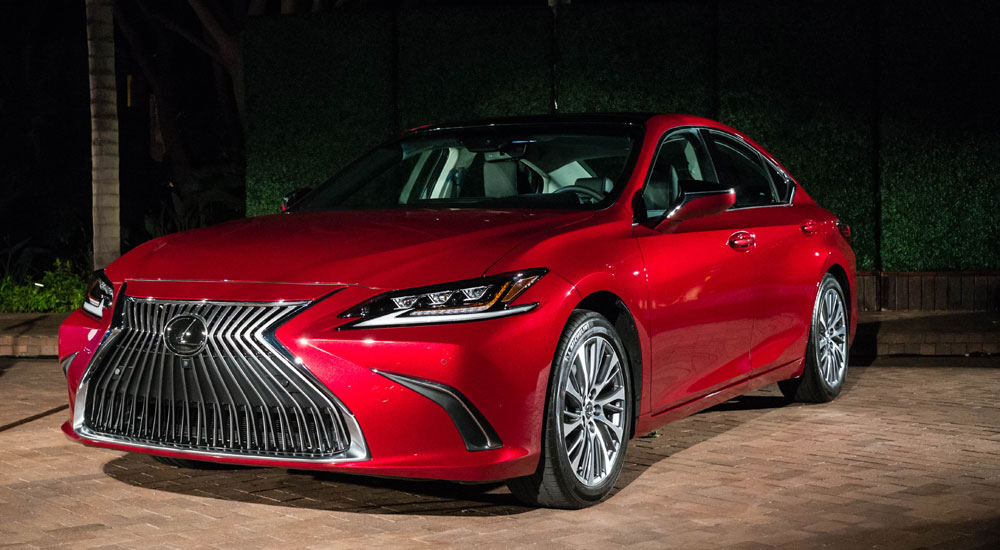
Let’s go back to the spring of last year, when the future of the Lexus ES sedan became directly linked with its GS stablemate. Japanese magazine Mag-X had just reported the next-generation ES would become the global mid-size sedan and replace the GS in all markets.
This turned out to be a divisive issue among enthusiasts, who lean predominantly towards the GS as a proper competitor to the Mercedes E-Class and BMW 5-series. Should the ES become the default Lexus mid-size, it was discussed, there would need to be some concessions towards performance — perhaps a smaller wheelbase, maybe a more powerful engine, possibly all-wheel drive to support that additional horsepower.
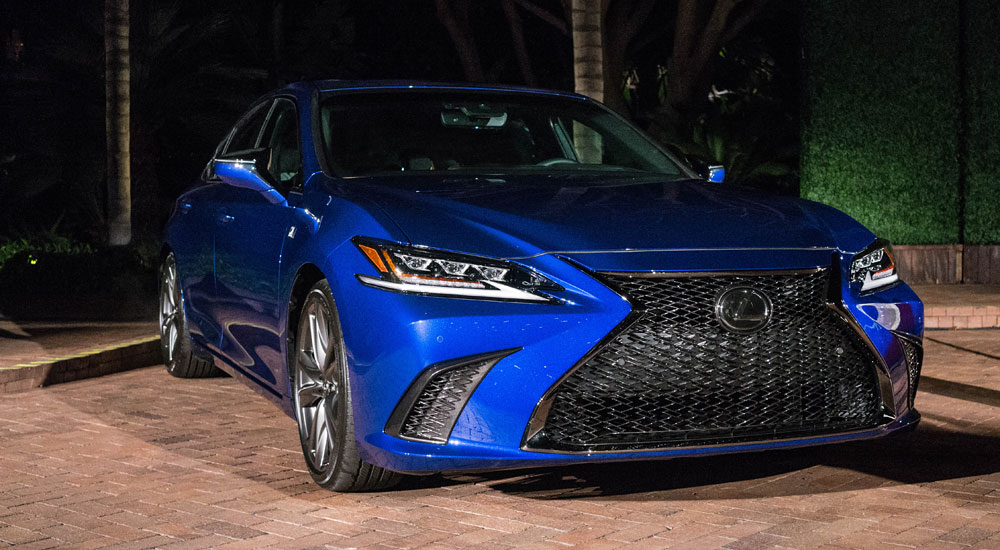
With the seventh-generation ES revealed, Lexus has made it clear that the two models are not destined to become one and the same. The next-generation ES will be offered in place of the GS around the world, but only as an iteration of itself.
How did this happen? With so much of Lexus branding revolving around performance, how does their core mid-size product become a front-wheel drive cruiser with more rear interior space than the top-of-the-range LS?
Quite simply, it doesn’t. Whatever happens to the GS, be it cancelation or reinvention, will have little to do with this new ES. Through two successive full model changes, Lexus was never able to capitalize on the success of the second-generation GS sports sedan, and in a shrinking car market, something had to give.
The ES is already the best-selling Lexus sedan in the world, and that’s because it stands apart from the rest of automotive luxury. This is a car that is priced like an entry-level, specced out like a mid-size, and sized like a flagship. The ES defies any classification or segment, and that is the essence of its appeal.
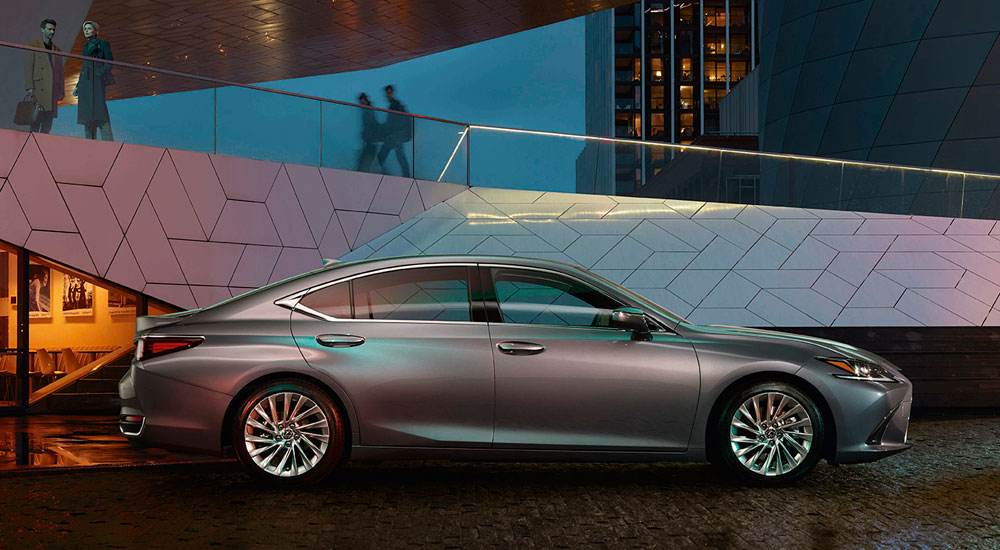
In fact, the new seventh-generation ES takes that outsider status and elevates the sedan to a new high. Borrowing the LS design has transformed the exterior personality, and the introduction of the first ES F SPORT model brings the promise of a better driving experience. Design and dynamics are where the current model struggles, and while handling is the story for another day, the change to the exterior is profound.
The interior, rather plain in black, lights up when some contrasting colors are introduced:
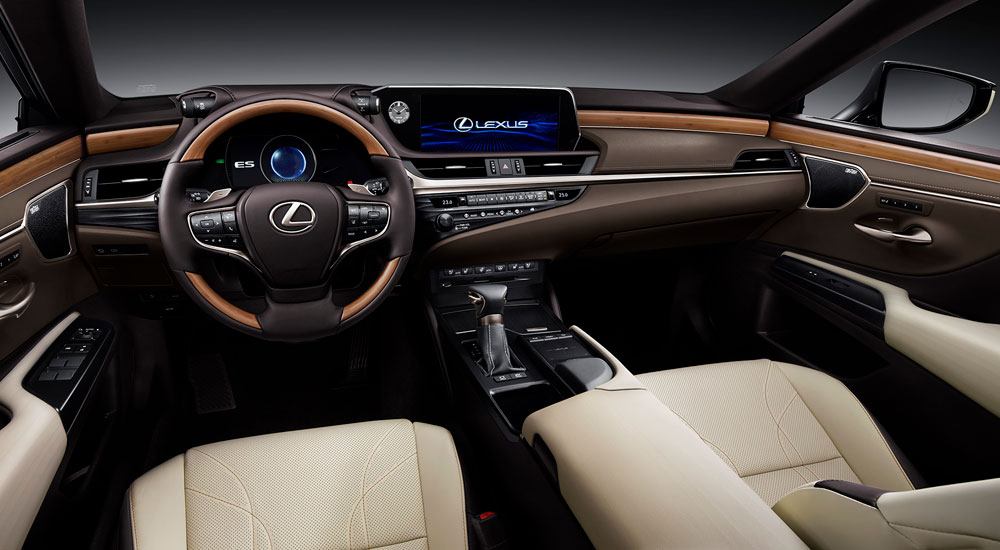
The ES will be the first Lexus to be sold with Apple CarPlay, and the cabin layout takes full advantage, moving the screen closer to the driver. Everything still runs through the Remote Touch trackpad, but navigating the Apple interface is natural and sensible.
In brief, the new ES is a significant generation-over-generation upgrade, with a cohesive overall design and appealing interior technology. It also stands to reason that the ES will continue to be a value-packed luxury sedan perfect for a significant number of customers. Its appeal is undiminished, and all the more likely to grow. There’s only one major question left — what’s this thing like to drive?


Comments